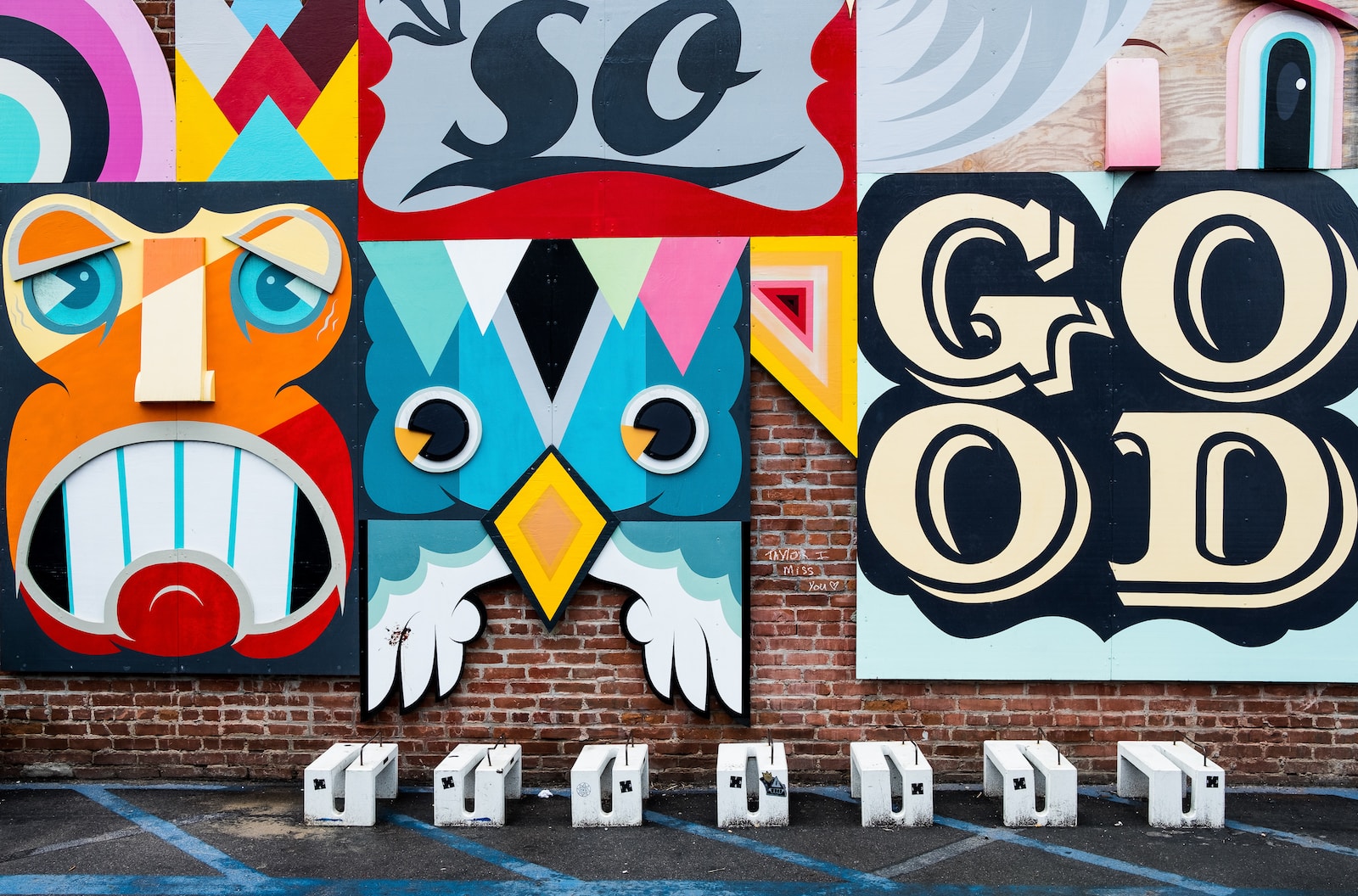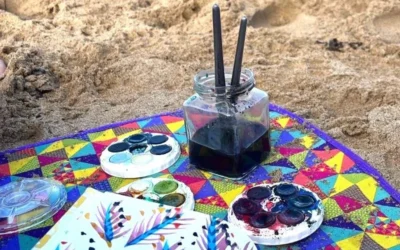Greetings from The Tearapy Post,
In a world where the complexity of our emotions often eludes verbal expression, art emerges as a transformative medium for self-discovery and healing. Art therapy, a dynamic approach to psychological well-being, garners acclaim for its remarkable ability to transcend the limitations of language, particularly in cases of trauma-induced limited verbal capacity and individuals facing challenges in verbal communication due to autism. Through the strokes of a brush or the molding of clay, individuals find solace and healing, transcending linguistic barriers. This article delves into the profound impact of art therapy, emphasizing its role in aiding trauma survivors and autistic individuals with verbal communication impairments to communicate, connect, and embark on a journey of emotional restoration.
Navigating Verbal Challenges: Trauma-Induced Limited Verbal Capacity
Traumatic experiences can leave individuals struggling to find the words to articulate their emotions. Trauma-induced limited verbal capacity doesn’t mean an absence of feelings; it underscores the difficulty in expressing complex emotions verbally. Art therapy provides a safe haven, offering an alternative mode of expression. Art becomes the canvas for unspoken feelings, giving trauma survivors a voice when words fail.
Embracing a Different Language: Autism and Communication Impairments
Autistic individuals often face challenges in verbal communication, leading to frustration and isolation. Art therapy provides an avenue for them to communicate and connect beyond words. The sensory-rich experience of creating art engages their unique perceptions, enabling them to express thoughts and emotions that traditional language may struggle to convey. Art becomes a bridge that fosters understanding and connection in a way that words alone cannot achieve.
Empowerment Through Creative Expression
Art therapy empowers individuals with trauma-induced limited verbal capacity and those facing communication impairments associated with autism. Engaging in artistic endeavors enables them to regain a sense of control over their narratives. As they translate their emotions into visual forms, their self-esteem flourishes, positively impacting their overall well-being. This empowerment extends beyond the art studio, influencing various aspects of their lives.
Building Connections and Trust
Art therapy is not confined to solitary expression; it cultivates connections and trust in therapeutic settings. Both trauma survivors and autistic individuals benefit from shared creative experiences, where the act of creation becomes a bridge between them and their therapists, caregivers, and peers. The collaborative nature of art-making fosters companionship, helping them build meaningful relationships even when words are scarce.
Navigating Emotional Landscapes
For trauma survivors and autistic individuals, emotional regulation can be daunting. Art therapy provides a safe container for processing these emotions. Engaging in artistic creation becomes a meditative process, promoting relaxation and emotional release. The focus on the present moment and the tactile engagement with art materials contribute to emotional well-being.
In a world where communication is a challenge when language falls short, art emerges as a universal language of colors, textures, and forms. Art therapy becomes a conduit, enabling individuals to communicate emotions, bridge gaps, and embrace healing. Through art, they discover the strength to navigate their struggles, find connection, and embark on a journey of renewal.
To find out more about how Art therapy can be an alternative method of expression and communication, subscribe below to our blog, The Tearapy Post or send through a referral to join our waitlist.
Without fear or favour,
Su Mei




